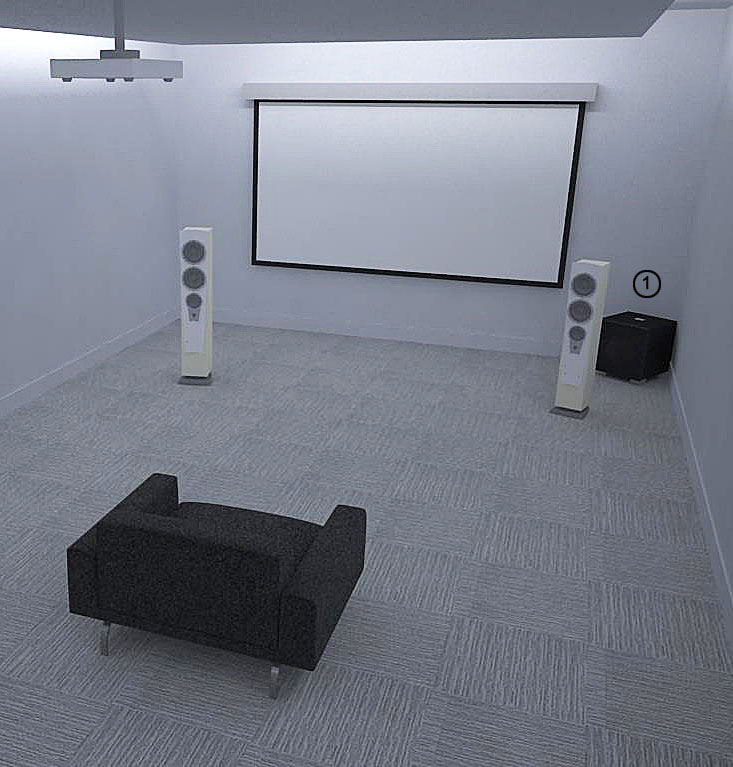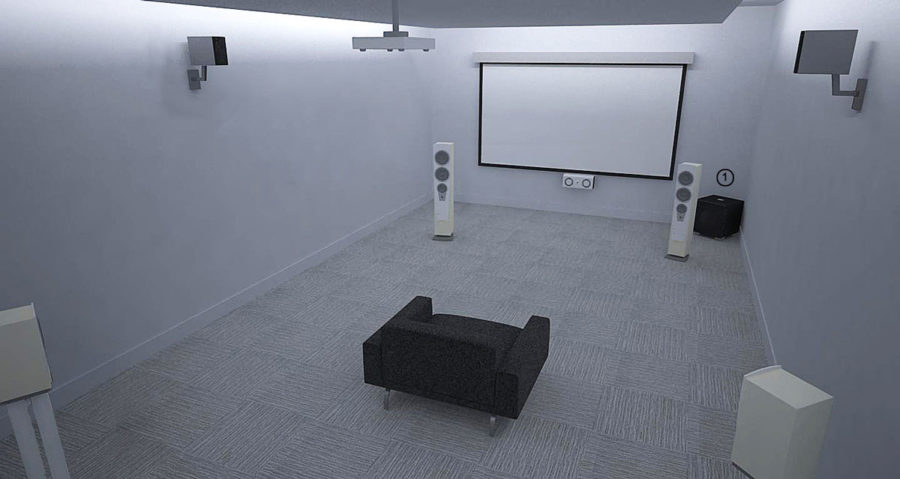Blog
What is a multichannel home theater and how are Dolby 5.1 and 7.2 surround sound formats different?
Here’s a question for people really getting into modern home theater for the first time in many years, or maybe the first time ever. The way most people begin is they wind up hooking up their television, maybe their set top box to their old receiver and maybe a pair of speakers, which by the way, is a great way to get started.

It really is. I’d so much rather see that, and we’ll get into that in another video, but I’d so much rather see people repurpose and re utilize items they already have, and start to connect with how good television sound can than sort of devolving all the way down to the lowest common denominator and just going straight for the soundbar.
There’s so much more potential when you start dealing with proper speakers and decent placement. The next progression is to actually Dolby digital based system. And the difference between that, for example, and a simple 2.1 system is just the number of channels you’re using. So let’s define this because people get a little weirded out, I think by the numbers, as soon as people see numbers and decimal points, there’s, probably 70% of the population that freezes and goes, eh, uh, okay.
I’m back in math class, relax. First of all, the easy part, the 0.1 simply refers to the subwoofer. The number of channels and we’ll get into a little bit more explanation what the channels do and what they’re supposed to be doing is really quite simple. So the 5.1 or the 7.1 refers in its basic form to simply five speakers.
And one subwoofer when you get to seven and seven is often indicated, actually as a 7.2. Often there are two subwoofers that become useful when you get up into that many channels. So let’s quickly run through what five and seven are used for. So in a basic 5.1 system, which is what really all film sound is still mastered in.The left channel front speaker, the right channel front speaker, the center channel speaker. We’ll come back to that in just a moment. And then two surround speakers usually indicated as being at the rear of the room.
So what do they do? The left and right main speaker. Kind of act as a unit. And what they’re really responsible for doing is setting the scale, the size, the sense of largeness that’s possible. Not always doing it, just giving you the possibility to have very large scale. So when the camera lens pulls back, for example, and you’re looking at a huge cityscape or something like that, the . Sounds that actually get added back into the, to the film soundtrack are there to convey that sense of vastness. And so if you pull back and you’re in Wembley stadium, for example, and the bad guys running around with a sniper scope, you will hear Wembley stadium and that vastness in part begins with the left-right mains.

In fact, about 80% of the sound you will hear in most modern soundtracks emanates from the center channel. So a hot tip is do not skimp on the quality of your center channel. It’s an enormous contributor to the quality of what you’re going to be hearing. And the rear surrounds for those of you here who are musicians, the rear surrounds are almost like reverb.
The rear surrounds are there to produce the depth, the third dimension and place you inside the action. If space is happening behind you and space is happening in front of you, that places you in the middle of the . Three-dimensional aural reality. That tracks what’s happening on screen. So that’s what five one does.

Seven one simply adds two more surround channels. This can be useful in rooms that are really long. Although a hot tip, you will actually get much better performance out of five, one, and two additional surround speakers where you actually take, instead of having two speakers, just back over here, actually moving two in a little bit and moving two further up and having all four of them act as just two channels. So it’s a little confusing using seven speakers, but still using five one and getting each right and left pair to work brilliantly together. And that gives you a very big wraparound envelope. And really very easy to control with a just typical menu of a five one, try and keep these things simple. You’ll get a lot better performance out of keeping that the complexity out of it and the quality up.











